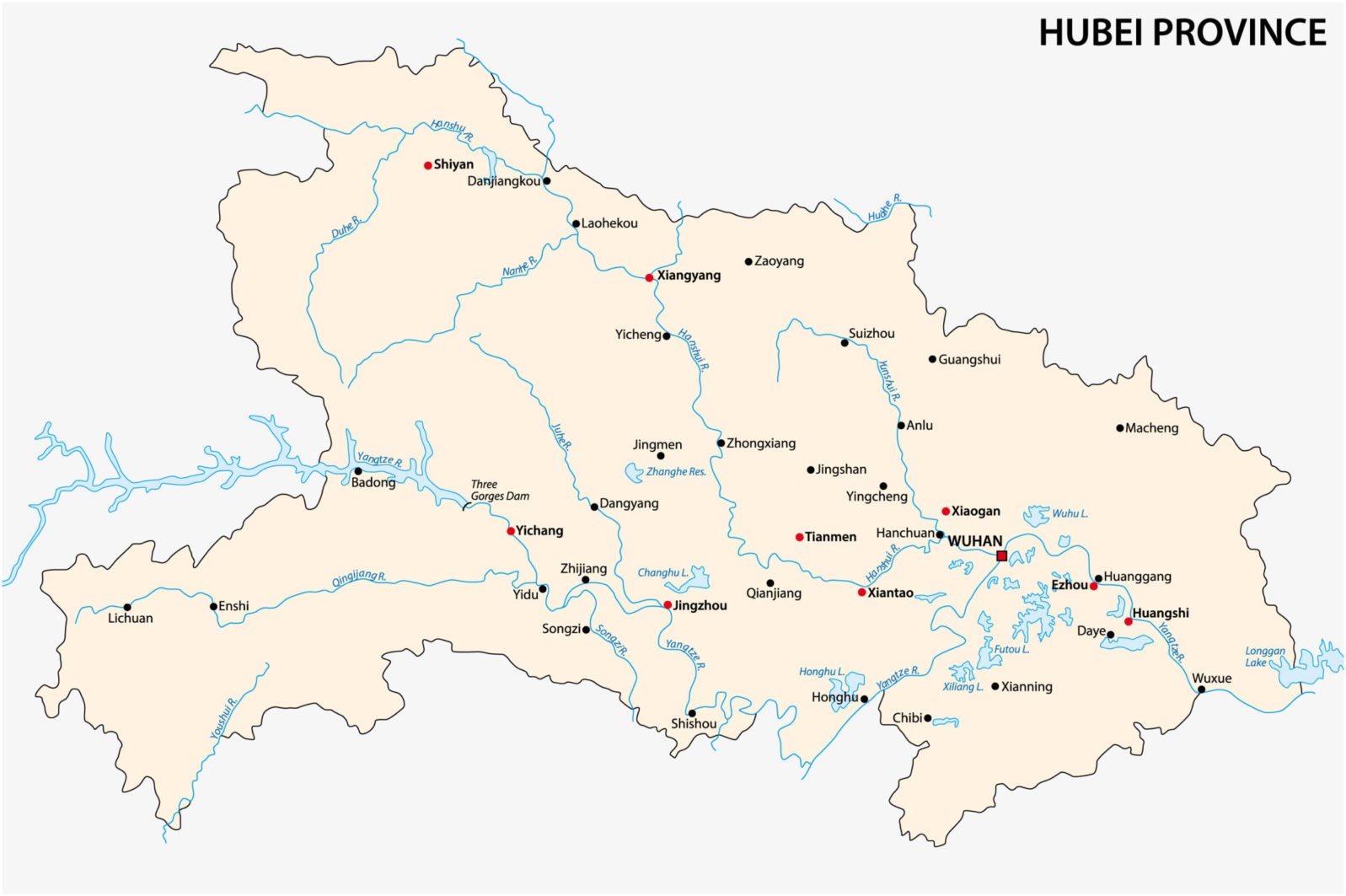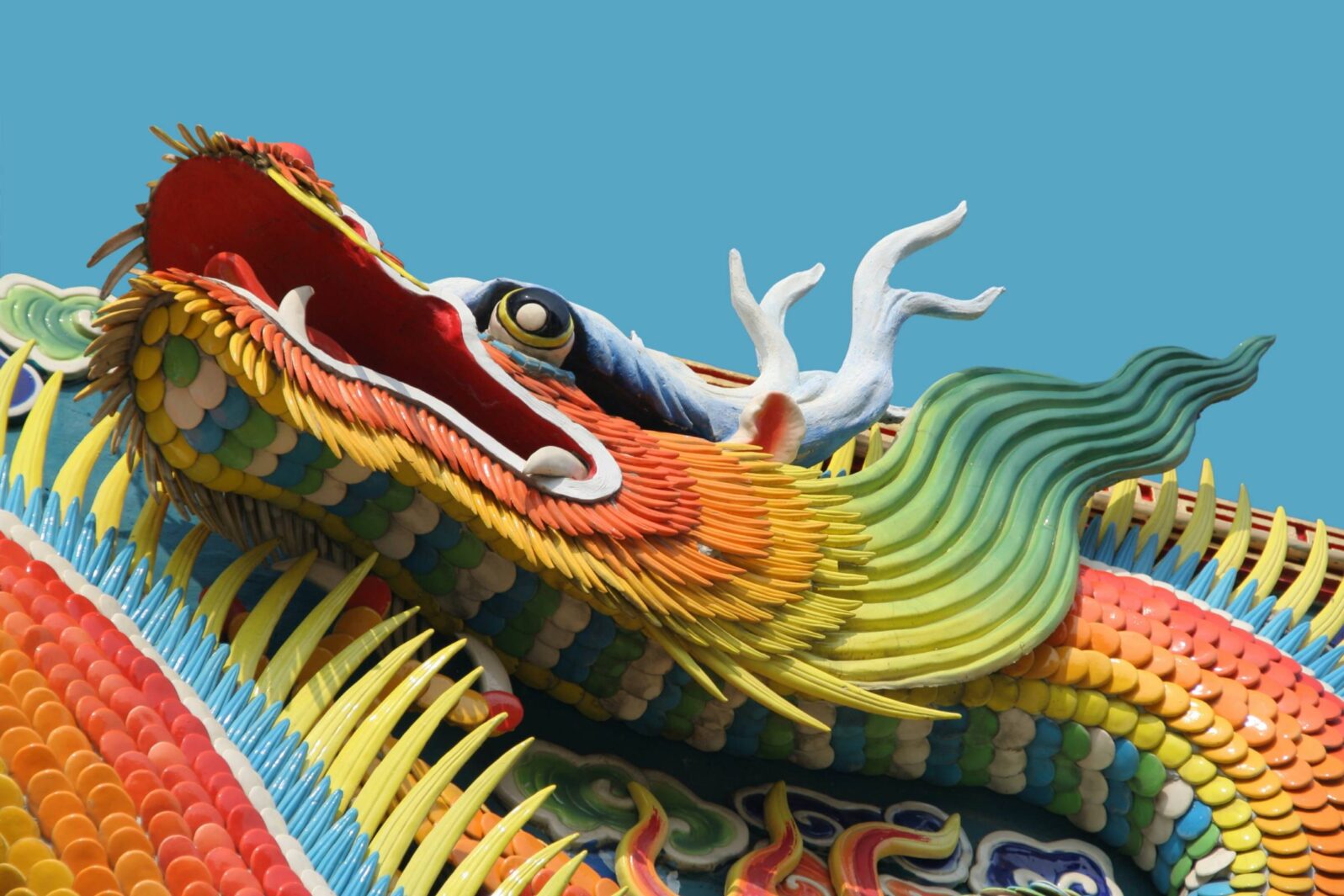The Dragon’s Deception: Conspiracy Theories and False Numbers
China’s global attempt to rewrite the history of coronavirus (COVID-19) is running up against incriminating evidenceSince totalitarian movements exist in a world which itself is nontotalitarian, they are forced to resort to what we commonly regard as propaganda.
Hannah Arendt, The Origins of Totalitarianism, p. 342
U.S. Intelligence reports that China has misrepresented the extent of the COVID-19 outbreak in Wuhan. Social media was part of the strategy. An investigation by ProPublica and the UN shows that China has used thousands of Twitterbots, as well as hacked accounts, to applaud the Chinese Communist Party (CCP) as the heroes who stopped the coronavirus in China. Twitterbots, along with Chinese state-controlled media, are also spreading conspiracy theories about the “real” origins of the SARS-CoV-2 virus.
Twitterbots?
Earlier, I reported here on the CCP’s attempt to re-write the story on COVID-19. Just how they did it is becoming clearer. The ProPublica investigation reveals that China purchased thousands of fake and hacked Twitter accounts to promote propaganda and conspiracy theories aimed at blaming the United States for bringing the virus to Wuhan:
Since August 2019, ProPublica has tracked more than 10,000 suspected fake Twitter accounts involved in a coordinated influence campaign with ties to the Chinese government. Among those are the hacked accounts of users from around the world that now post propaganda and disinformation about the coronavirus outbreak, the Hong Kong protests and other topics of state interest.
Jeff Kao and Mia Shuang Li, “How China Built a Twitter Propaganda Machine Then Let It Loose on Coronavirus” at ProPublica (03/26/20)
The campaign is comprehensive. Chinese-speaking influencers are offered money by intermediaries linked with the Chinese government for liking posts favorable to the CCP. Social media are taking note. Twitter had already suspended 5,000 accounts presumed to be Chinese government propaganda mills and banned 200,000 accounts that had been created but were not yet active. Using tracking software that looks at various data points such as likes, comments, and retweets between Twitter accounts, ProPublica says that “[t]he true scale of the influence campaign is likely much bigger; our tracking suggests that the accounts we identified comprise only a portion of the operation.”
The aim, says ProPublica, is to push a pro-Beijing storyline:
ProPublica uncovered additional evidence that these accounts operated as part of a Chinese government influence campaign. Posts in the network were often accompanied by a chorus of approving comments from obviously fake accounts. The same comments were used over and over to create false engagement. Comment texts were often lifted word-for-word from state editorials, which have long served as political lodestars for government agencies and party officials.
Jeff Kao and Mia Shuang Li, “How China Built a Twitter Propaganda Machine Then Let It Loose on Coronavirus” at ProPublica (03/26/20)
Many of these Twitter accounts were created last year, when they featured posts critical of the Hong Kong protests. Then, as the coronavirus spread, their content switched to plaudits for the Chinese government’s efforts at controlling the virus.

As with the Hong Kong protests, the CCP’s propaganda tactics tend to work better on the mainland than they do abroad, where the audience can easily access other sources of information. However, there has been increasing dissent and outright anger among mainland Chinese as well, particularly in Wuhan, on account of the local government’s hamfisted actions during the early days of the outbreak. During the first crucial weeks, the local government decided to silence journalists and doctors who were trying to sound the alarm, rather than provide the people of Wuhan with public health information that would help them protect themselves.
False Numbers, False Narrative
Thus, the Twitterbots are, as we have seen, not merely an amusement. The CCP has mounted an aggressive campaign to rewrite the narrative of the coronavirus: Rather than the virus coming out of China and spreading as a result of local government’s inaction, it is the national Chinese government that saved the people of China and “bought the world time.”
Badiucao, a Chinese-Australian artist who has 70,000 Twitter followers, says he was approached to participate in spreading this story. Badiucao, as it happens, is also a vocal critic of the Chinese government so he spoke to ProPublica instead. He told ProPublica that he was offered US$250 per post for posting a propaganda video on Twitter showing Chinese people celebrating as they get back to their normal life thanks to the efforts of the government.
It’s not hard to understand China’s reasons for engineering a rewrite. It has aggressively pursued dominant world power despite the worldwide unease with its massive human rights violations against Uyghurs and other minority groups, as well as with its systematic elimination of religious symbols, books, and gatherings.
As fallout from the current pandemic, the CCP has lost clout among both its own citizens and the global community but doesn’t seem to have learned much. Among those who were reprimanded for speaking out about the outbreak were Drs. Li and Ai. Dr. Li, who died of COVID-19, has served as a rallying point for angry Chinese people who took to WeChat and Weibo to vent their anger and call for freedom of speech. Dr. Ai has also been recently reported to be missing.
The problem, however, goes beyond the fictions generated by Twitterbots. The people of Wuhan claim that the government is not telling the truth about the number of people infected or killed by Covid-19. When a high-ranking government official visited Wuhan in early March, the residents yelled out of their windows, “Fake, fake, everything is fake” and “We protest!”
News reports show that they are right. Residents of Wuhan, who spoke on condition of anonymity, point to the fact that local crematoria were working 24/7 as evidence that more people have died than the reported 3,300. There is other indirect evidence. One facility alone has ordered more urns than that, which would far exceed the normal death rates in the population:
The [U.S.] officials asked not to be identified because the report is secret and declined to detail its contents. But the thrust, they said, is that China’s public reporting on cases and deaths is intentionally incomplete. Two of the officials said the report concludes that China’s numbers are fake.
Nick Wadhams and Jenniver Jacobs, “China Concealed Extend of Virus Outbreak, U.S. Intelligence Says” at Bloomberg (April 1, 2020)
The true state of affairs has profound implications. The Chinese Communist Party has touted the superiority of an authoritarian government over a democratic one in handling the virus outbreak. But American intelligence sources say that it was the punishment that local officials might receive from the authoritarian system that led to the initial coverup of the outbreak.
Some sources report that, at this point, the Chinese government likely doesn’t know the actual number of cases:
But American intelligence agencies have concluded that the Chinese government itself does not know the extent of the virus and is as blind as the rest of the world. Midlevel bureaucrats in the city of Wuhan, where the virus originated, and elsewhere in China have been lying about infection rates, testing and death counts, fearful that if they report numbers that are too high they will be punished, lose their position or worse, current and former intelligence officials said… Bureaucratic misreporting is a chronic problem for any government, but it has grown worse in China as the Communist leadership has taken a more authoritarian turn in recent years under Mr. Xi.
Julian E. Barnes, “C.I.A. Hunts for Authentic Virus Totals in China, Dismissing Government Tallies” at The New York Times (April 2, 2020)
A Call to Account
Some are calling for the Chinese government to pay for the damage caused by its inaction. For example, Cardinal Bo of Myanmar, a war-torn country bordering China, with many displaced and impoverished people, pointedly stated,
The Chinese regime led by the all-powerful Xi Jinping and the CCP — not its people — owes us all an apology and compensation for the destruction it has caused. As a minimum, it should write off the debts of other countries to cover the cost of Covid-19. For the sake of our common humanity, we must not be afraid to hold this regime to account.
Cardinal Charles Bo, Yangon, “The Chinese regime and its moral culpability for Covid-19” at UCA News
Cardinal Bo emphasizes that the Chinese government, not the Chinese people, is responsible for allowing the outbreak to get out-of-hand. The people themselves have suffered with the rest of the world.
Note: Here’s a timeline of the events from BitterWinter (March 25, 2020).
Further reading on COVID-19 in China (Heather Zeiger)
Coronavirus in world without trust In China, medical heroism thrives despite both paranoia and justified mistrust of authorities.
Censorship? But coronavirus doesn’t care! Back when SARS was a threat, social media wasn’t the giant it is today. Censorship, secrecy, and detention are less effective tools of control now.
and
Serious media in China have gone strangely silent. With a compulsory new app, the government can potentially access journalists’ phones, both for surveillance and capturing data. Liu Hu sums up the scene in a few words: “Outside of China, journalists are fired for writing false reports… Inside China, they are fired for telling the truth.”
